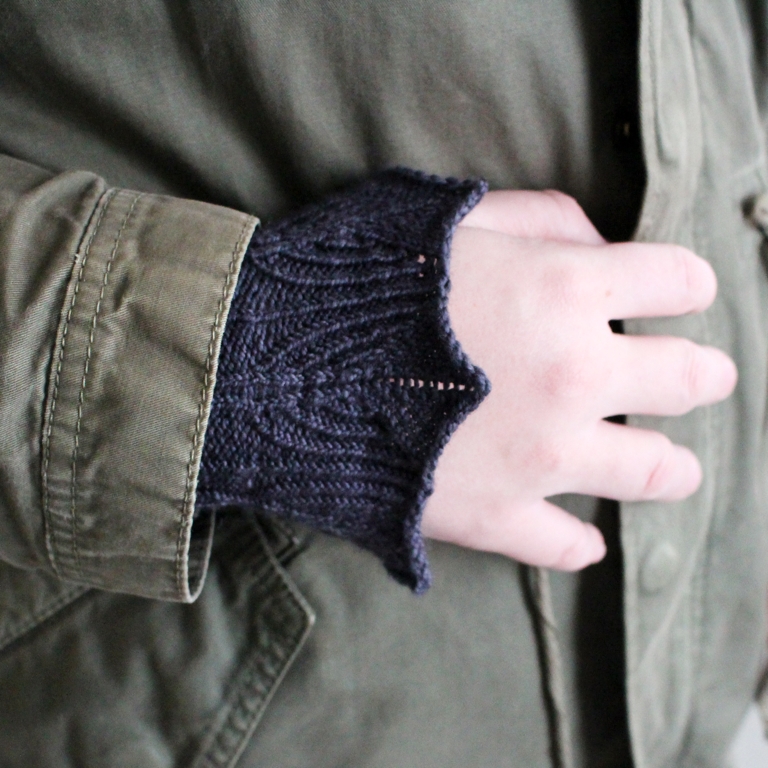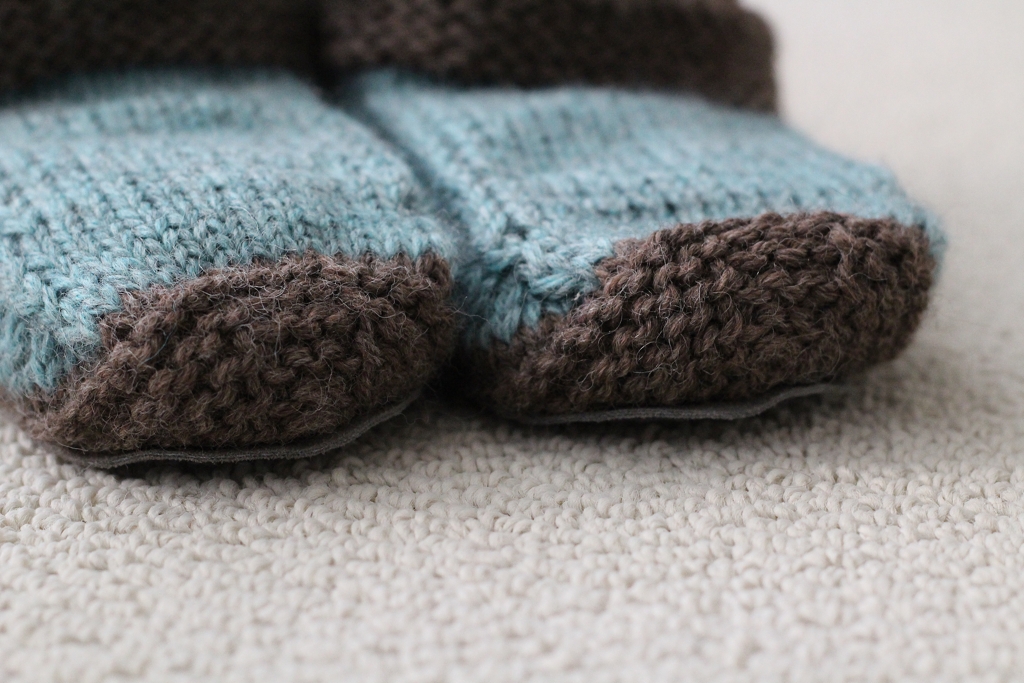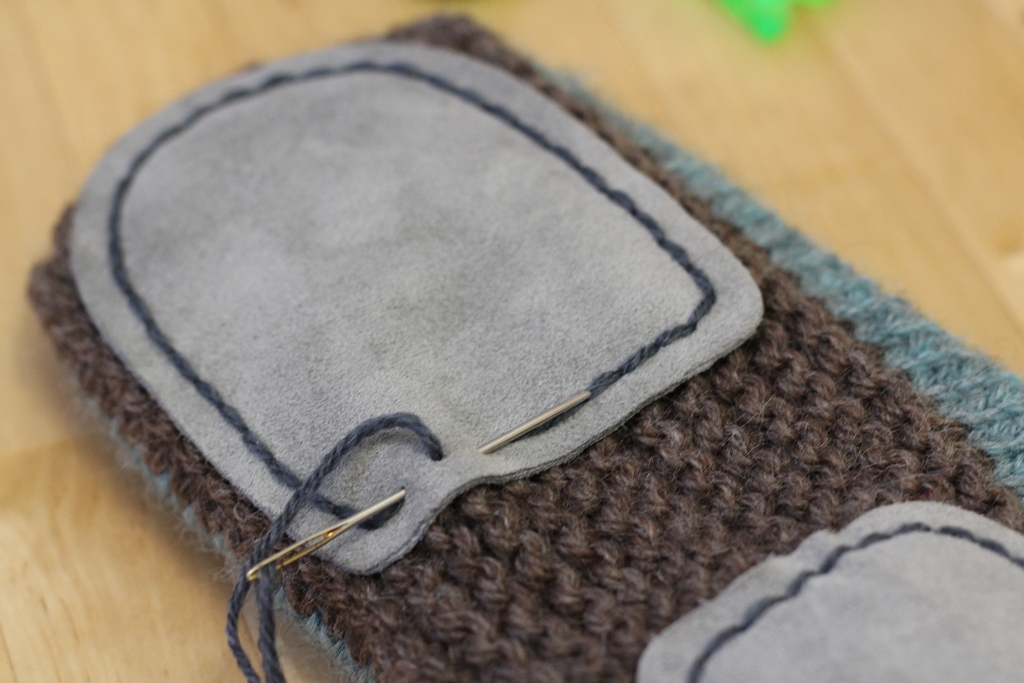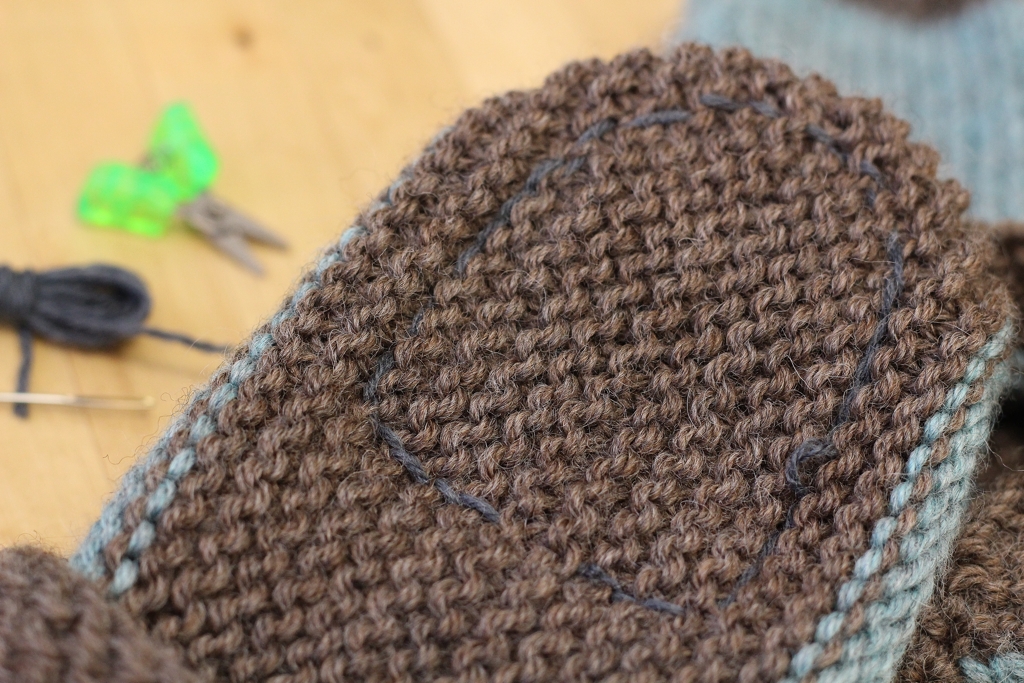FO: Precipitous Cuffs
/I’ve been a little lazy updating Ravelry with project details and recent stash enhancements. Part of the plan for this week is to photograph fiber and update my stash catalog. I’m bribing myself into doing the work with knitting on a fun new project which is working pretty well. As I was scrolling through my project page, I realized that I’ve never talked about the last few things I made as gifts in 2015. That’s the problem with secret knitting - sometimes it easy to forget to talk about it after it’s been given away and the festivities are over. Fixing that right now. So, here’s the Precipitous Cuffs I knit for my Mom and a friend.
I had some difficult criteria to match while picking out stuff to knit for gifts. The pattern had to be relatively quick to knit ( I was on a holiday gift knitting deadline); use yarn I already had; and be small enough to pack in a suitcase for the flight to visit my folks. Plus, the recipients had to like it too. Enter Precipitous by Hunter Hammersen. I had a dark charcoal yarn which would be perfect. Partway through this first pair, I realized my Mom would like a pair too. While these weren’t the hardest things to knit from almost black yarn, I was glad to make the second pair in golden yellow. They were both pretty quick to knit too even with all the twisted stitches.
After I’d bound off, I knew blocking was a necessity. There was no way the points would be distinct or that the twisted stitches would pop otherwise. Plus it would help even out the stitches on the increase rows and ribbing. I wasn’t sure how I was going to block these until I saw this neat trick using bottles and graph paper on Violently Domestic. Finding the bottles was the easy part. The hard part printing the 5 pointed star template so I could block both mitts of a pair to the same size and angles. Thankfully, the ink didn’t bleed onto the yarn during the whole process.
It is so easy to see the difference yarn choice can make on a project after both pairs were dry. The gold pair is made from Knit Picks Gloss, a merino/silk blend, and the charcoal pair is made form Knitted Wit Gumballs Fingering which is 100% merino. I knit both pairs on the same needles and, aside from a few extra rows on the cuffs of the gold pair, the two pairs are the same. Row gauge and stitch gauge are definitely different. The gold cuffs have a lot more drape because of both the looser gauge and blend of fibers. The charcoal pair has body and memory because they were made from a firmly spun wool yarn at a tighter gauge. When I took the pair off the blocking rig it held it’s shape, and I didn’t knit bullet-proof fabric.
Of course I had to try them to make sure they would fit. They both passed with flying colors, and now I’m tempted to make myself a pair. Not sure if I want drapey cuffs or a no nonsense kind of pair. Either way, the pattern doesn’t use much yardage and I’ve got plenty of sock yarn leftovers. Just need to pick out the right needle size and get to knitting.
The Specs
Pattern: Precipitous by Hunter Hammersen
Yarn: Knit Picks Gloss - Honey and Knitted Wit Gumballs Fingering - Carbon
Needles: 2.75 mm and 3.25 mm circulars
Dates: November 15 - December 3, 2015










































